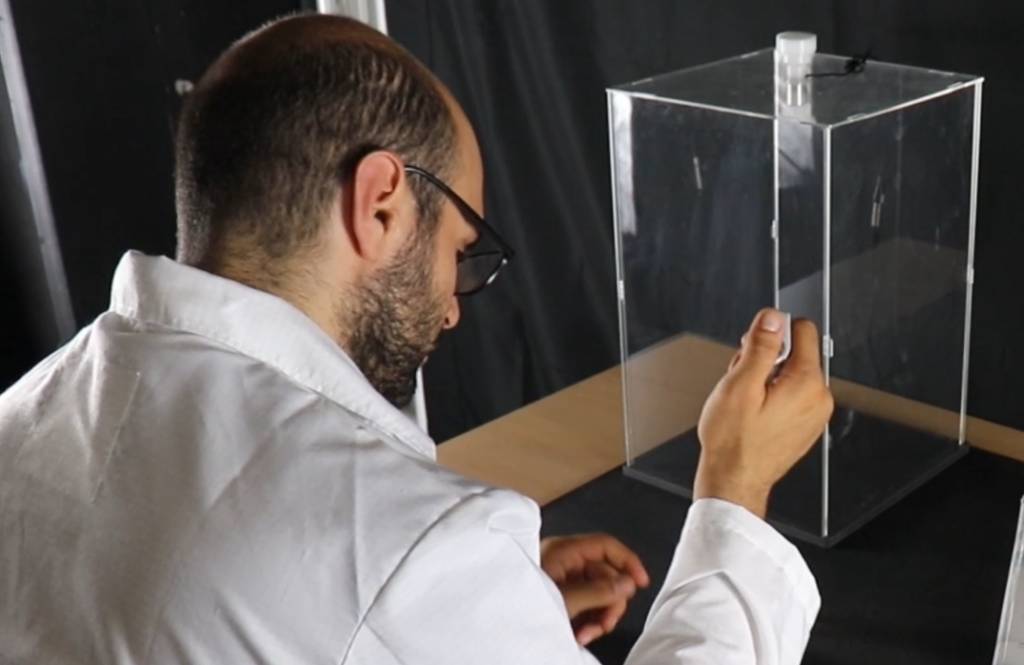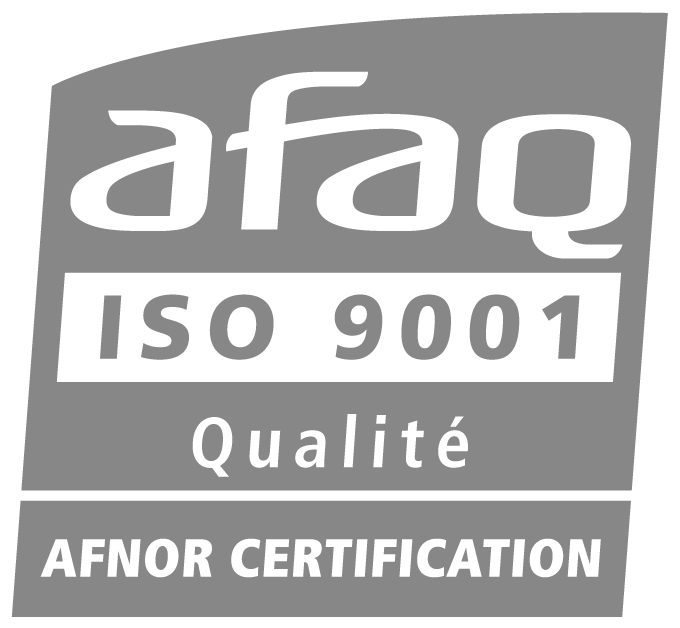This blog post focus on the research of Oveis Pourmehran one Tekceleo’s partner, who uses Micronice nebulizers for his medical research at University of Adelaide, more specifically on Chronic Rhinosinusitis.
Its research was focused on how to solve a modern a hugely spread chronic disease : Chronic Rhinosinusitis.
Chronic Rhinosinusitis : a challenging widespread chronic disease
Chronic rhinosinusitis (CRS) affects millions globally, causing persistent discomfort and disrupting daily life. Finding effective treatment can be challenging due to the intricate anatomy of our nasal passages and sinuses. However, recent advancements offer new hope for targeted relief through the power of sound.
The maxillary sinuses (MS), nestled within our cheekbones, present a particular challenge for medication delivery. These cavities connect to the nasal cavity through narrow channels called ostia. Traditional nasal sprays often struggle to penetrate these passages, leaving many patients without real relief.
Acoustif Drug Delivery : developing a new method for a better treatment
Enter acoustic drug delivery (ADD), a new approach that harnesses sound waves to enhance medication delivery to the sinuses. Acoustic waves, when applied strategically, stimulate airflow and improve air exchange, allowing medications to reach their destination more effectively.
University of Adelaide studies have shown promising results with ADD, demonstrating significant increases in drug deposition within the sinuses compared to conventional methods. By fine-tuning the frequency and amplitude of the acoustic waves, researchers aim to optimize drug delivery and maximize therapeutic benefits for CRS patients.
Micronice’s technology role : ensuring control on all parameters of aerosol delivery
A key aspect of ADD lies in understanding the resonance frequency of the nose-sinus complex. This frequency represents the optimal point at which the sinuses respond most effectively to acoustic stimulation. By matching the frequency of the acoustic waves to this resonance frequency, researchers can enhance drug delivery and improve treatment outcomes.
However, achieving this precision isn’t without challenge. The unique geometry of each individual’s nasal passages and sinuses complicates the determination of the resonance frequency. Researchers are developing innovative techniques and computational models to overcome these obstacles and tailor treatment plans to each patient’s specific anatomy.
Furthermore, factors such as particle size, density, and nebulization flow rate play crucial roles in the efficacy of ADD. Fine-tuning these parameters is essential to ensure that medications reach the sinuses in optimal concentrations without causing unintended side effects.
In conclusion, Tekceleo is proud that of the roe its technology has played in this discovery. Our aerosol generator, with its ability to deliver monodispersed aerosols and precise control has proved to be a good instrument for Medical research around aerosol and aerosol therapy.
You can read the related research papper here: https://www.sciencedirect.com/science/article/abs/pii/S037851732100733X




